It’s 2025, but the Hair Extension Industry Is Still So Segregated—Here’s Why
Experts weigh in

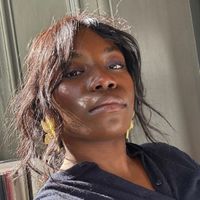
Weaves, wefts and bundles are just some of the many monikers used to describe hair extensions within black and afro hair beauty communities. But despite their price tag (a bundle of premium extensions can cost on average around £100 to £1,000), they have become an essential for Black women navigating the realities of anti-afro discrimination and white-centric beauty standards.
While they're now considered a luxury, for most people, their introduction to the world of hair extensions came via high street hair shops. The shiny wefts sold here, from brands like MilkyWay and Premium Now, were a welcome gateway to a world beyond braids and relaxers.
Then, with the rise of social media in the mid-2010s, hair buying evolved into a more strategic practice, with vendor lists shared (and sold) across WhatsApp and X (formerly Twitter). Getting “good” hair extensions was no longer a rarity; it became a core staple of hairstyling for Black women. This cultural shift is a major driver behind the hair-extensions industry’s current global valuation of $2.84 billion in 2024.
This rise in popularity hasn't come without its own complexities, however. From ethical issues around the sourcing of the hair to racist rhetoric directed at Black women, it's an area of beauty that has always been a source of social tension.
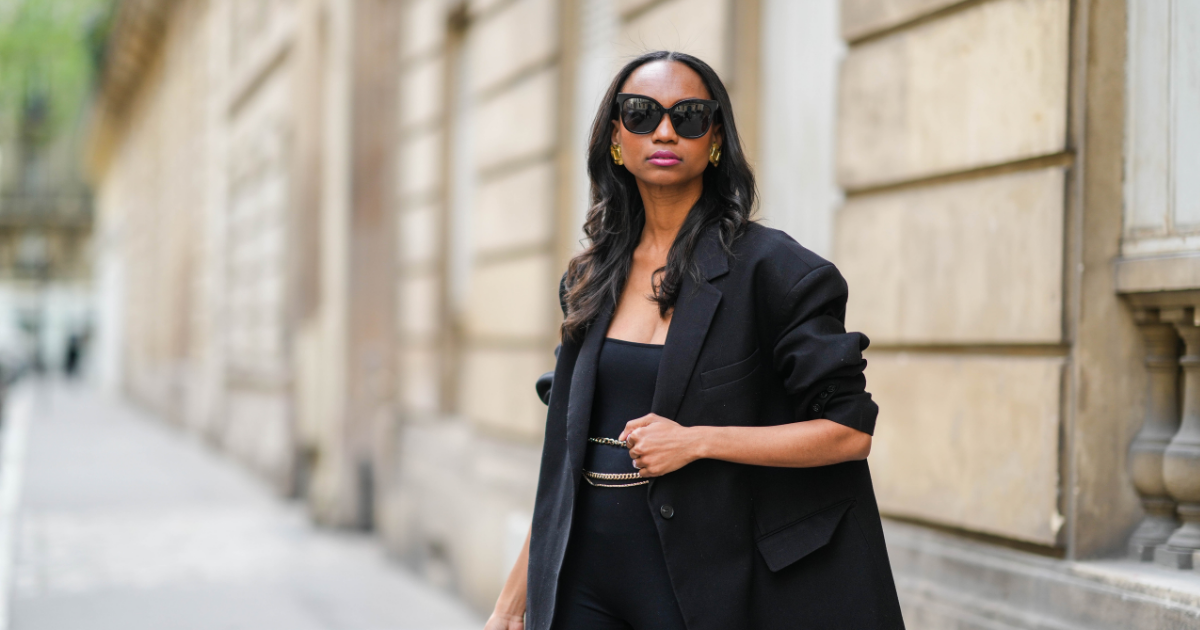
For much of their history, hair extensions have been typecast into two categories. On one side of the spectrum, Black women and people with afro hair are framed as the sole aesthetic beneficiaries of the industry thanks to their "need" for additional lengths. On the other end are extensions for people with straight hair, who are seeking them as a response to hair loss and ageing. Toupees and wigs, here, are cast as an embarrassing but necessary fix, worlds apart from the beauty-driven use of extensions among those with coily and kinky hair.
Now, as the beauty industry embraces an era of radical transparency, LA weave, K-tips and extensions have become beauty's open secret.
Still, even as they become embedded in the beauty lexicon, a cultural gap persists. The divide shows up clearly in how extension brands market themselves. A recent viral clip of Kim Kardashian on Call Her Daddy shows her describing the process of getting a “quick weave” without ever using the word weave. Despite people of all hair types now openly wearing extensions, the industry itself remains largely segregated.
Celebrity news, beauty, fashion advice, and fascinating features, delivered straight to your inbox!
According to hair architect and educator Joy Matashi, this cultural segregation can be attributed to social factors. “The hair extension industry remains segregated not because of who wears extensions, but because of how race, language, and legacy shape every layer of the experience," she says.
For many black stylists and extension wearers, styles are named after the process of creating the look. "Quick weave, sew-in, wash-and-go are descriptive action words” says Matashi. “Terms that encode technique, time and cultural memory which is largely different from terms used for communities with European straight hair.”
In comparison, the hair educator explains that “much of the wording used in describe straight hair extensions is reflective of product branding or salon marketing.” This is language that rarely taps into “communal or layman knowledge of hair and ultimately, creates a linguistic divide and a hair industry that reinforces racialised perceptions of expertise. Black terminology is often dismissed as informal or niche, even when it reflects deep technical skill. It’s a division that has ultimately affected much of the social positioning of hair extensions.”
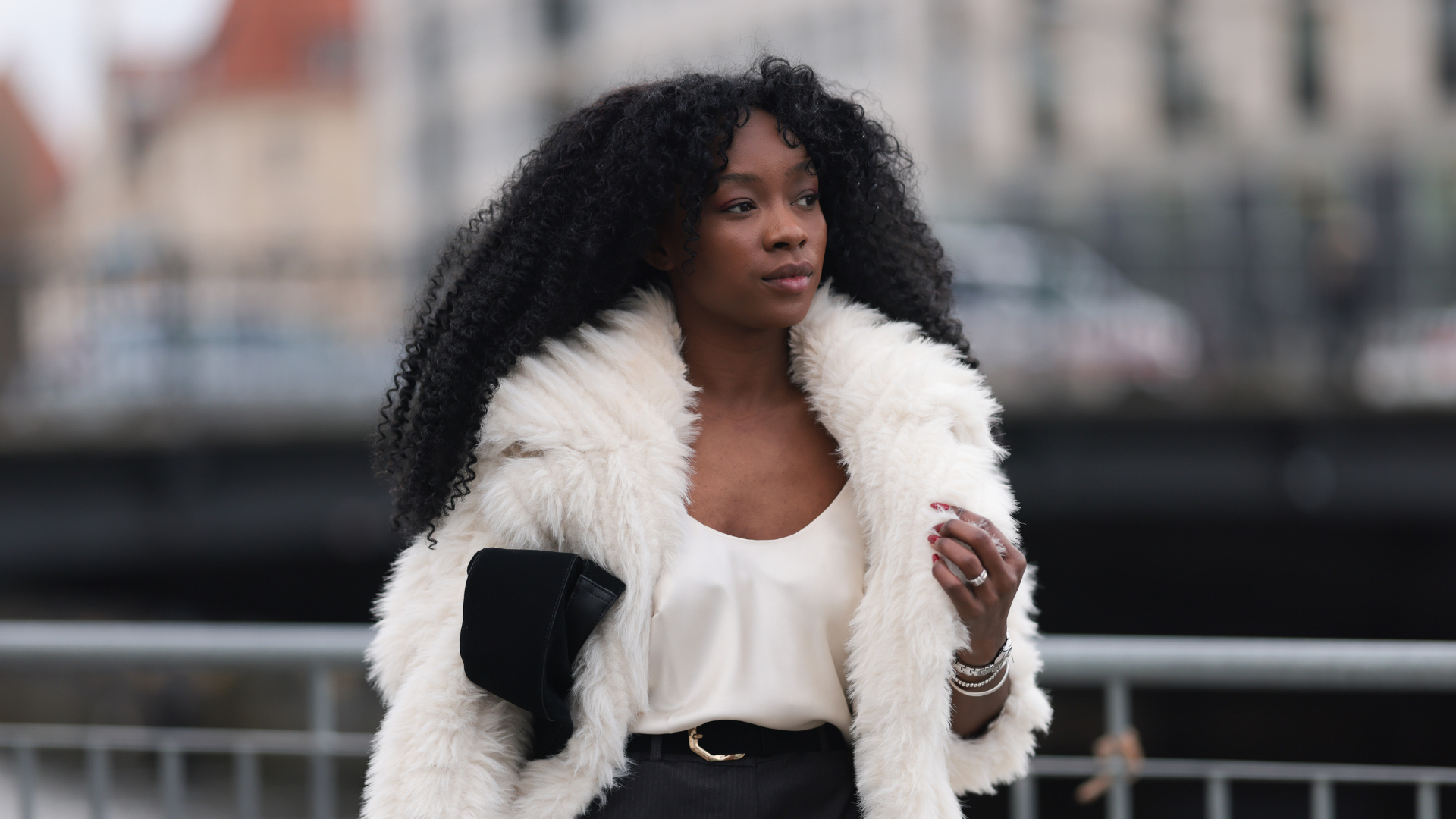
The linguistic division in how we talk about hair extensions also has significant historical precedence, says Emma Tarlo, anthropologist and author of the award-winning book, Entanglement, The Secret Lives of Hair.
“When Black women wear extensions, they refer to them as weaves because despite extension work being found across differ hair types, particular textures still have their own histories and terminology. For example yaki hair refers to the texture of Afro hair after being chemically straightened. [Post processing], the hair resembles the fine crinkly texture of yak hair—hence the term 'yaki'."
Tarlo, who has played a crucial role in mapping the origins and language of the hair and extensions industry, explains that “Historically, Afro hair was stigmatised within the contexts of colonialism and slavery, with stereotypes that persist today." In response to this discrimination, hair extensions have become central to Black hairstyles and beauty assimilation. Even when criticised for reinforcing Western beauty norms—“with an underlying implication that Black women have internalised the idea that Afro-textured hair is somehow less desirable,” extensions remain a tool many Black women use to successfully navigate ongoing hair discrimination.
Social perception and the difference in terminology is one thing, but the cultural segregation within the hair extension industry extends much further—it's a division that also affects production and access.
For a long time, explains Joy Matashi, “Black consumers have had to act as their own distributors, sourcing bundles from sites like Alibaba, and learning how to understand or educate themselves of texture, origin, and quality.”
This is a tale that is very different to the experience of straight hair consumers. Luxury brand marketing, product access and even how-to tutorials have now become a permanent fixture in the beauty space, worlds away from the extensions targeted at people with coils and afros
This is what Matashi cites as the catalyst for the creation of a "two-tiered hair extension economy". “One [is] built on informed, community-driven sourcing; the other on curated, brand-driven convenience” she explains. The effects of this are pervasive across the sourcing and styling of hair extensions. But it also comes as a cost to straight hair consumers: "Unlike black consumers, white consumers [of hair extensions] are more likely to rely on stylists or branded retailers, which leaves them often unaware of the sourcing labor or markup involved."
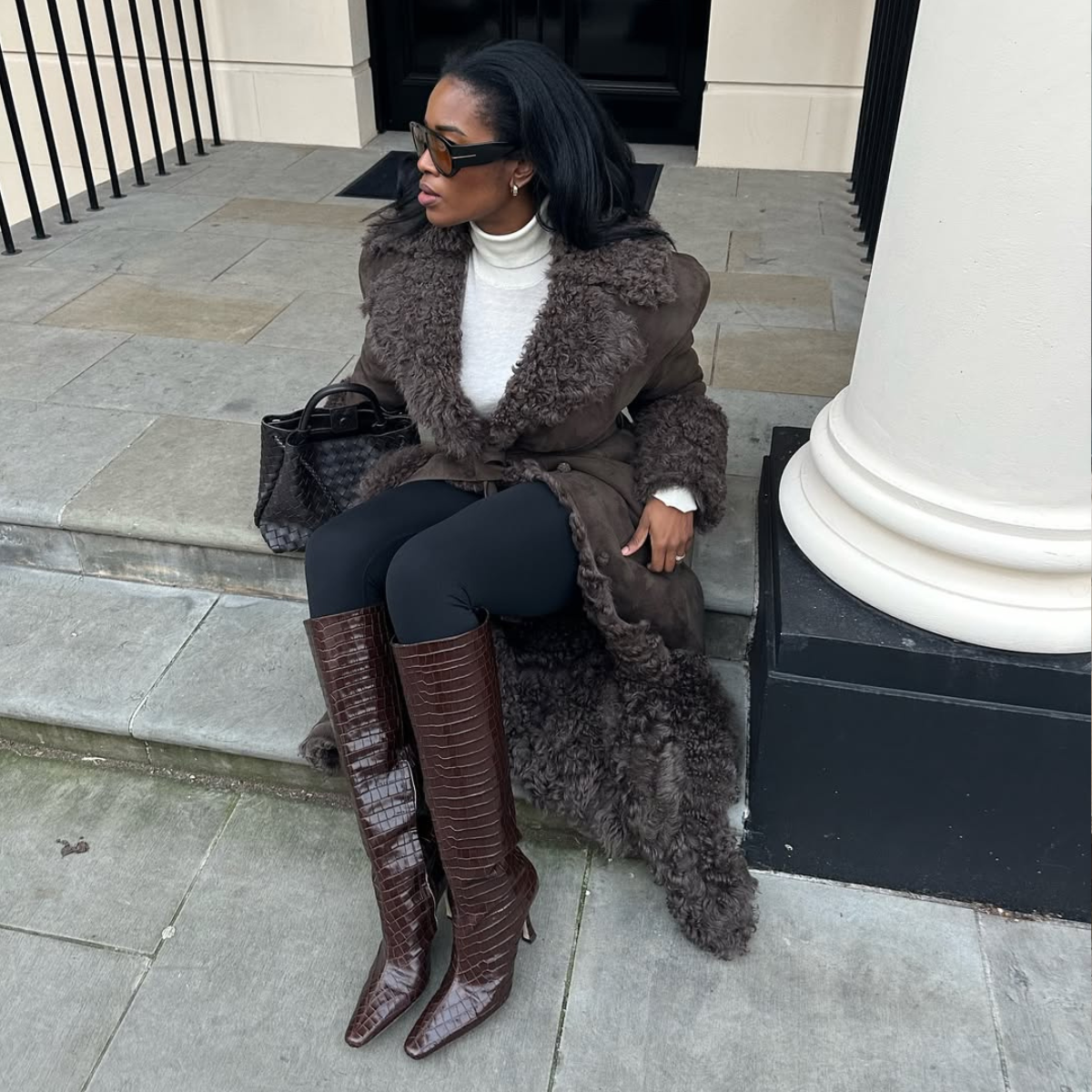
Within Black communities, this has created a need for a form of cultural gatekeeping around hairstyles and extension work, says the hair expert. “Media erasure and the rebranding of Black hairstyles by celebrities is pervasive across the beauty space." Examples include the rise of “boxer braids” without acknowledgment of their true origins, or the celebration of wig work in editorial circles without crediting the innovation of Black communities. “All of this means that Black stylists, even those with similar or greater skill, remain overlooked, which further fragments the hair space.”
This lack of inclusion has made certain spaces—like salons and shops catering to Black women and men—function as community hubs where specialist hair knowledge and expertise is carefully guarded and shared, notes anthropologist Emma Tarlo. “Hair plays such an important role in identity, heritage, human rights, and self-expression.” While these spaces are vital for belonging and autonomy, they also reinforce the cultural divide within the broader industry.
Right now, segregation from source to style across the hair extension industry is undeniable. But it's a factor that some brands, like Remi Cachet are beginning to address. “At Remi Cachet, all our hair including the Curl Collection comes from the same line of donor hair used in our core 'Elegance' range.” says founder Victoria Lynch. “It’s naturally straight and sourced from various regions by our trusted partners on the ground in China, which means the main difference is not the source but how the hair is processed.”
For textured consumers, she adds that: “We focus on creating hair that holds its shape through wear, washing, and styling. This requires careful testing, handling and quality control ensuring that clients experience the same premium feel, durability, and colour retention as with our straight extensions.”
When it comes to messaging and marketing, Lynch says awareness is key for brands looking to close the divide. “Historically, textured extensions have been marketed to very specific audiences which contributed to a sense of separation. So we work hard to demonstrate that our high-quality extensions are for every hair type, in campaigns and beyond."
This has not been an easy mission, however, says the founder. "Most textured hair consumers are surprised that we have option for them. Many assume our products are primarily for straight or wavy hair, so we’ve been actively educating stylists and showcasing textured styles to show how versatile our extensions are. The goal is to make sure everyone knows they have options without compromising quality or integrity."
Alongside changing the barriers marketing wise, Lynch says that hair education is key. "We provide training on working with all textures, from blending techniques to aftercare guidance. Listening to stylists has helped us refine our products and methods, and we’ve expanded our approach to ensure that everyone can achieve seamless, long-lasting results, regardless of hair type.”
But the shift by brands aiming to break down barriers cannot happen without a genuine commitment to creating equity within the space, notes Matashi. “The industry is booming—extensions are now proudly worn across races, genders, and age groups—but the benefits remain unevenly distributed.”
Matashi also emphasises that much of the disparity in the hair extension industry stems from socio-economic factors. Many newer brands “champion customisation, sustainability, and tech-driven tools, which ultimately cater to affluent consumers, while so much of the hair extension work within Black communities has come from innovating within constraints,” she states. “We’re all wearing the same hair extensions, but we’re not all speaking the same language or benefiting equally—and this needs to change for true progress.”
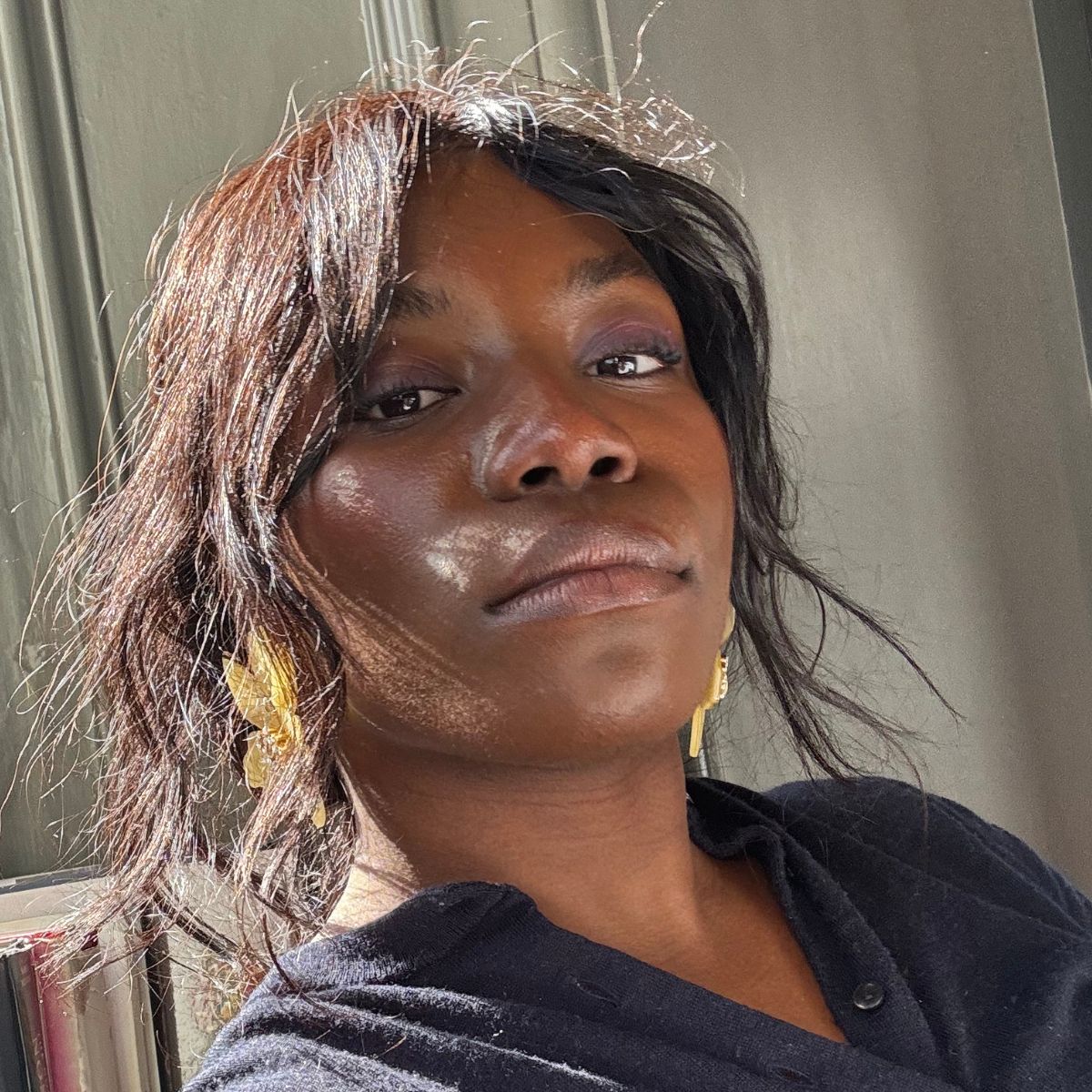
Ata-Owaji Victor is a lifestyle and beauty writer and editor whose work has appeared across titles like Refinery29, Elle UK and British Vogue. She has a keen eye for all things Afro haircare (which she frequently samples on her 4C coils), beauty tech and innovation.